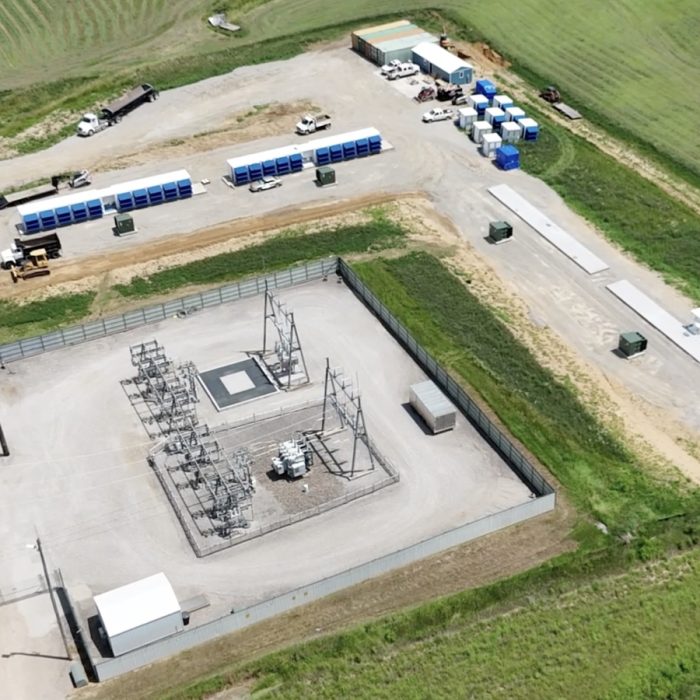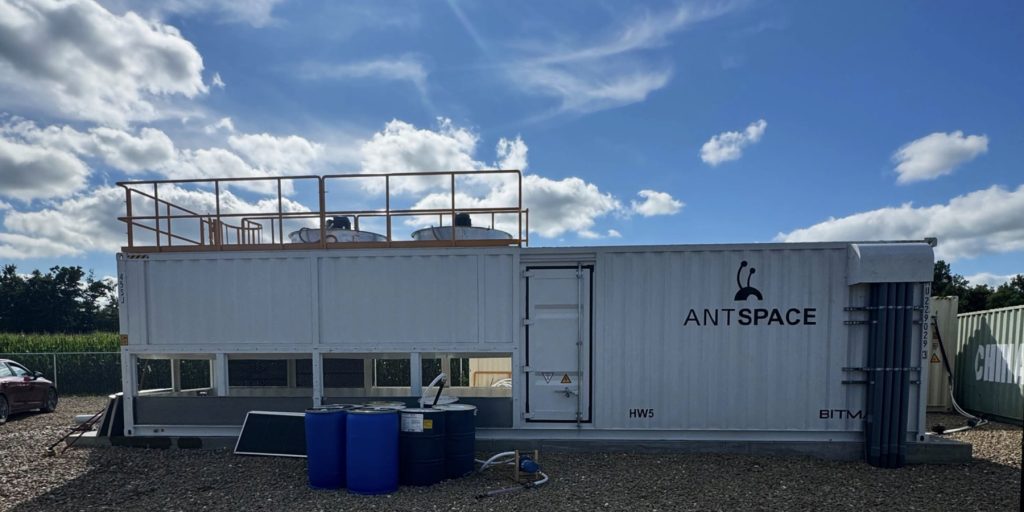
Your Heater Can Mine Bitcoin | Curtis Doran of Hestia
Your Heater Can Mine Bitcoin: The Revolutionary Tech Turning Waste Heat Into Digital Gold Digital Gold Podcast: The Cheapest Power in the World and only Getting Cheaper with Hestia’s...
How to Identify Underperforming Bitcoin Mining Setups
A Self-Audit for Higher ROI
In Bitcoin mining, performance issues aren’t always obvious. Inefficiencies can quietly erode profitability for months before they show up in your wallet. The good news? By tracking the right metrics and knowing what to look for, you can quickly spot an underperforming setup, and take action before the losses pile up.
Is Your Setup Operating at a Loss?
A few percentage points of inefficiency can mean thousands in lost revenue. Before you make another investment, get the “Top 10 Things to Look For in a Bitcoin Hosting Provider” guide, the same checklist investors use to choose the right partner and maximize their returns.

Your hashrate is your revenue engine. If it’s below manufacturer specs or industry benchmarks for your ASIC model, something’s wrong.
Key Metric:
Hashrate per Watt = Total Hashrate ÷ Power Consumption
Lower-than-expected values signal inefficiency, often caused by hardware, cooling, or configuration issues.
PUE shows how much of your facility’s power actually reaches your mining hardware.
PUE = Total Facility Power ÷ Hardware Power
A high PUE means you are paying for non-mining energy use, cutting into margins.
Outdated or misconfigured mining software can quietly reduce performance:
Keeping firmware updated and settings optimized is an easy ROI win.

Signs your hardware is struggling:
Poor cooling not only lowers efficiency, it shortens ASIC lifespan, increasing CapEx.
If you aren’t tracking your miners in real time, you are flying blind. Use dashboards that monitor:
Compare your Joules per Terahash (J/TH) to top-tier models. If you are significantly higher, your hardware is burning more energy for less work.
Unstable internet or power interruptions, even for minutes, can result in stale shares and lost revenue. Network reliability is part of mining efficiency.
Your setup may be underperforming if:
Spotting underperformance is only step one, fixing it is where ROI is won.
For hosted miners, many of these issues stem from the facility itself: poor cooling, power instability, hidden inefficiencies in infrastructure.
This is where MiningStore’s infrastructure advantage comes in:
Want to know exactly how much your current inefficiencies are costing you?
Our free ROI and Performance Consultation will benchmark your setup against optimal conditions, and show you what you would gain by hosting with MiningStore.
Your Heater Can Mine Bitcoin: The Revolutionary Tech Turning Waste Heat Into Digital Gold Digital Gold Podcast: The Cheapest Power in the World and only Getting Cheaper with Hestia’s...
The Future of Crypto Media and Marketing with Kyle Reidhead Co-Founder of Milk Road Building Trust, Brand, and Community in the Next Wave of Crypto In this episode of...
Decoding Bitcoin Mining: Is It a Hamster Wheel or a Money Printer? Digital Gold Podcast: How Penny Ether Turns Data into Profits in the Bitcoin Mining Industry: Strategies, Market...
Life Insurance to Protect Your Bitcoin Wealth Digital Gold Podcast: Building Life Insurance for the Bitcoin Economy with Zachary Townsend What would life insurance look like if it were...
Reliable, cost-efficient mining with strong long-term upside Unlock Consistent Profits: Why Reliable Air-Cooled Bitcoin Mining Hosting is a Strategic Investment Bitcoin mining isn’t just about machines and electricity, it’s...
By Adan Kohnhorst Oslo Freedom Forum Bitcoin Panels Headlines in major publications are quick to decry Bitcoin over the industry’s perceived environmental impact. But are these concerns well-founded, or...